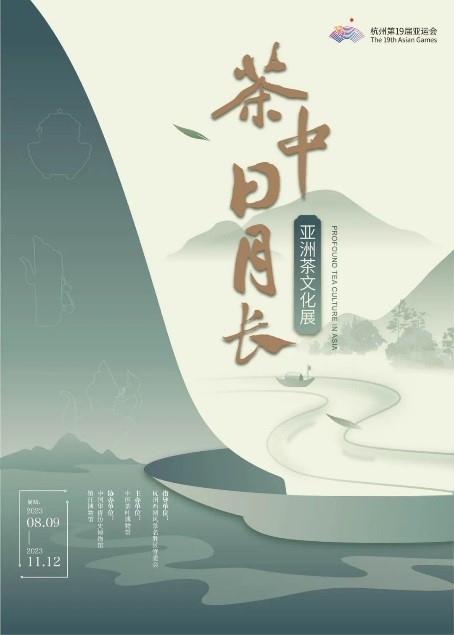
The exhibition Profound Tea Culture in Asia opened on August 9 at the Shuangfeng branch of the China National Tea Museum in Hangzhou, China. Under the guidance of the Management Committee of Hangzhou West Lake Scenic Area, the exhibition is organized by the China National Tea Museum and co-organized by the Overseas Chinese History Museum of China and the Zhenjiang Museum.
Chinese tea culture has spread to many regions of Asia, especially to the Korean Peninsula and Japan through the Maritime Silk Road and various other channels. Over time, the development and refinement of tea-drinking customs have further helped to spread Chinese tea culture to ethnic minority regions in the way of tea-horse trade to minority groups along the Chinese border and various nomadic regions of Central Asia through the Ancient Tea Horse Road and the Land Silk Road. In South Asia, Southeast Asia and West Asia, the adoption of these influences has given rise to unique and region-specific tea-drinking practices. Asian tea culture is flourishing, and its wide variety of tea utensils, customs and techniques reflect its inclusive, distinctive, and diverse nature.
The exhibition features 125 pieces (sets) of artifacts and supplemental exhibits, chronologically arranged to intricately combine the tea cultures from China and other regions of Asia together. It is divided into three sections, namely “Tea Rituals,” “A Long Way to Go,” and “Embracing Diversity,” showcasing the distinctive features of tea cultures in China and other Asian regions across different historical periods. The juxtaposition of different tea cultures creates an interesting contrast and embodies the mutual exchanges and learning between civilizations, as well as their harmonious coexistence, reciprocal advancement, and mutual appreciation.
The exhibition is open until November 12.
Source: China National Tea Museum
